If you’ve ever turned on the tap and wondered about the quality of the water running, you can rest assured that it’s been tested before reaching your house. However, is it living up to the norms of healthful drinking water?
Why You Need a Water Filter System in Your Home
Clean water is essential for your health since it is used for drinking, showering, and cooking. In general, most Australians do not have to worry about getting sick from the water they drink, but despite passing through a water treatment facility, the water from your tap may not meet quality drinking requirements.
The majority of people drink chlorine-treated water, which still includes several hazardous bacteria, chemicals, and other toxins. If the water is stored in a private well, the situation is the same. When you aren’t connected to municipal water and rely on rain or well water, it’s critical to preserve your supply against pollution, especially if you use bore water.
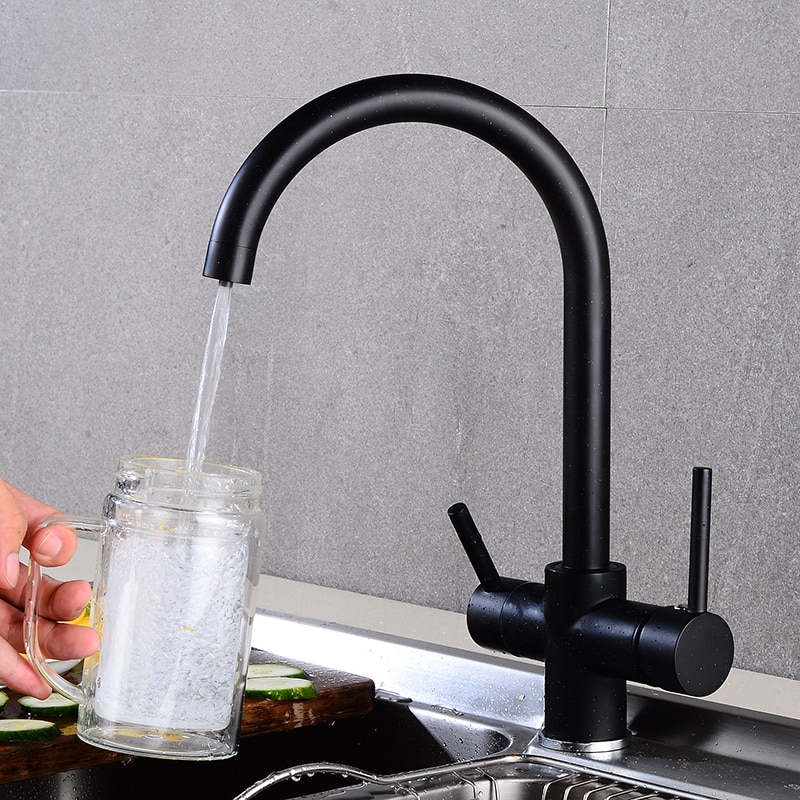
Installing a home water filtration system is an excellent method to ensure that you have a steady supply of clean, pure water in your house. With under sink or tap mounted options, the types of water filtration system listed online can offer you a number of ways of filtering the water in your house.
So, if you have a smaller family and want to have filtered water just for drinking, a tap mounted filter is an excellent option. However, for bigger families, or in locations where a higher output of filtered water is required, it’s recommended to get an under-sink water filter. Also, under sink or under bench water filters provide a much wider method of purifying water and are a more permanent solution for larger families.
The Different Types of Water Filters
Nobody wants to spend money on a filter only to discover that it answers a problem they don’t even have. But, with so many options of water filtration system available, it may be difficult to choose the best one for your house – the one that not only makes your water taste excellent, but also removes the greatest number of impurities.
Reverse Osmosis Filters
Reverse osmosis filters are quite popular for a reason: they’re effective in removing a large proportion of pollutants such as fluoride, hexavalent chromium, arsenic, nitrates/nitrites, copper, radium, salt, and others. Reverse osmosis filters are the best at eliminating a high proportion of pollutants from water, including potentially hazardous microorganisms.
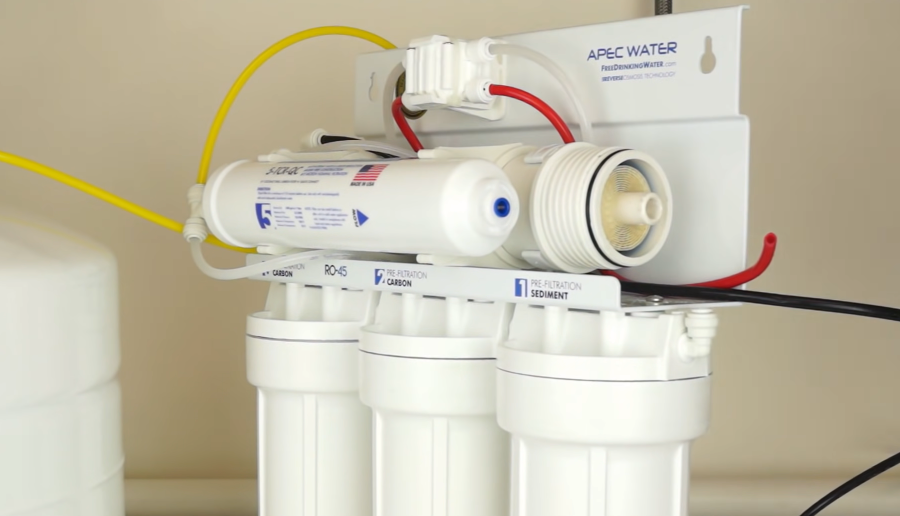
The filters function by applying pressure to the reverse osmosis membrane. Contaminants are kept on one side of the film while freshwater is pushed to the other. It’s one of the few filters capable of removing water-soluble pollutants such as fluoride and chromium +6. If a property has a water softener, a RO system will remove salt from the drinking water as well.
UV Treatment Filters
The UV water filter system is an environmentally friendly method for cleaning water by employing different frequencies of ultraviolet light. This UV light is absorbed by the DNA in microbial cells, which effectively destroys all bacteria and viruses, therefore sterilizing drinking water. It’s crucial to remember that UV filters only eliminate bacteria and viruses from water, thus this filter should be used in conjunction with other types of filters to remove common toxins such as chlorine, lead, and pesticides, leaving you with clean, drinking water.
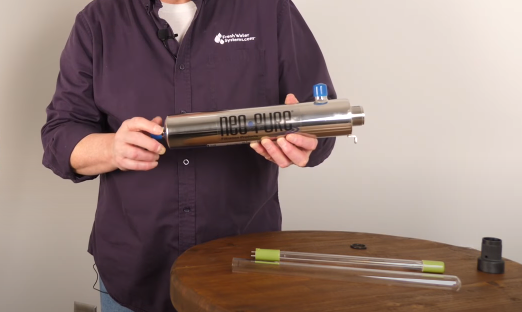
Sediment Filters
Sediment filters remove visible particulate matter as well as any dirt, sand, dust, or debris that can be collected by its micron-rated capacities. To catch large amounts of debris, some sediment filters have large surface areas. To filter out suspended particles, other sediment filters employ a depth gradient.
These drive water through large walls of filter media that grow progressively tight as the water gets closer to the core, filtering out smaller and smaller particulates along the way. Turbidity is also removed from water via sediment filters. Turbidity is the cloudiness induced by a high concentration of suspended particles in water. Water becomes yellow, orange, or brown as a result of this.
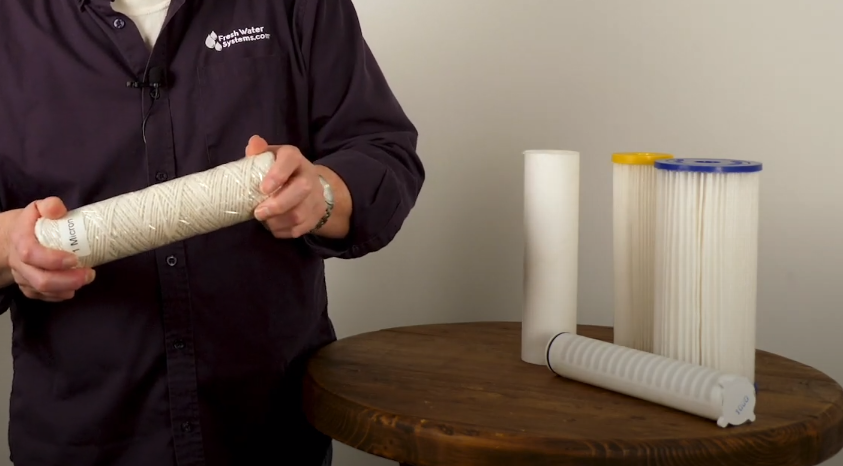
Chemicals, heavy metals, microorganisms, and dissolved particle matter aren’t removed by sediment filters. They have no effect on the taste or odour of water. They’re typically used for defensive and preservative filtering. Sediment filters perform best when used as prefilters for other filtering systems. As a result, sediment filtration is frequently used in combination with other filtration processes like reverse osmosis or UV purification.
Activated Carbon Systems
Adsorption is the key to understanding how activated carbon works. Adsorption happens when one material adheres to another while passing through, as opposed to absorption, which occurs when one material takes in or absorbs another. This is the fundamental component of activated charcoal or activated carbon. Chlorine, chloroform, agricultural chemicals, organic compounds, silt, and magnesium may all be removed with activated carbon.
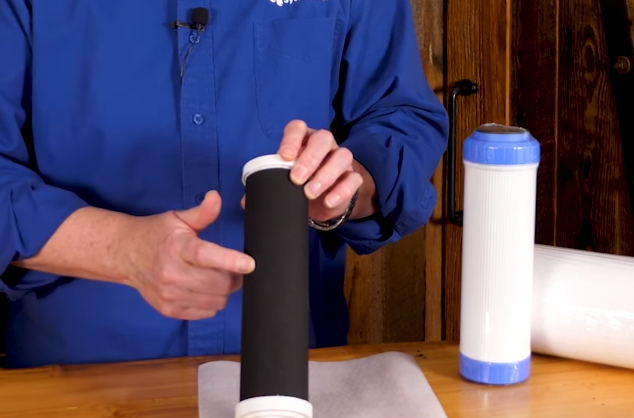
When organic material with a high carbon content is heated in such a way that it doesn’t burn but instead produces char, activated charcoal is formed. The char is then processed to form a porous substance that binds to certain poisons and contaminants, drawing them out of the water running through the system. This is the most popular form of filter, and it’s frequently used in conjunction with other filtration technologies to get the most toxin elimination.
Ion Exchange Filters – Water Softeners

If the tap water in your house leaves stains when you’re washing the dishes, it may have hard water. Hard water tends to accumulate in pipes, reducing the life of some kitchen appliances. For this type of problem, you will need water softeners or ion exchange filters. Ion exchange filters are made up of a material that will exchange one ion for another when water passes through it. Ion exchange, for example, replaces calcium and magnesium ions, which create water hardness, with sodium ions. And as a result of this, the water will be “softened”. Although ion exchange aids in the removal of hard water and certain radioactive material, the filter does not remove organic material, particles, or germs as well as other filtration methods.

